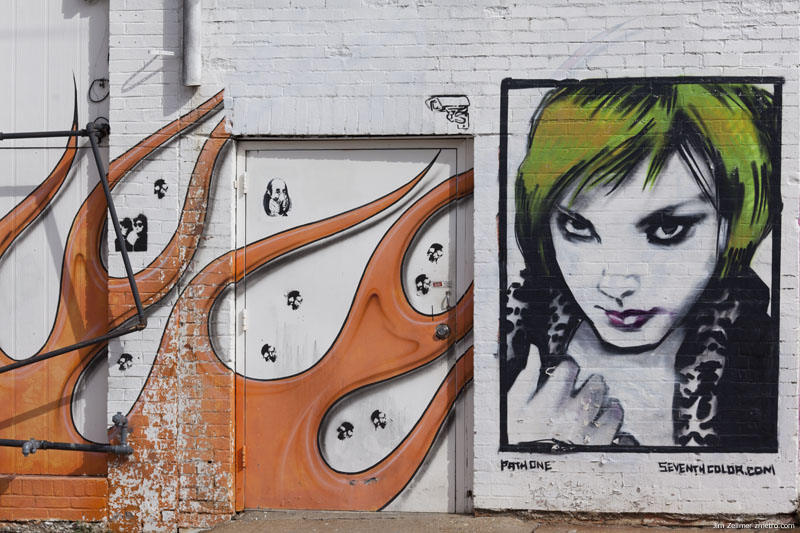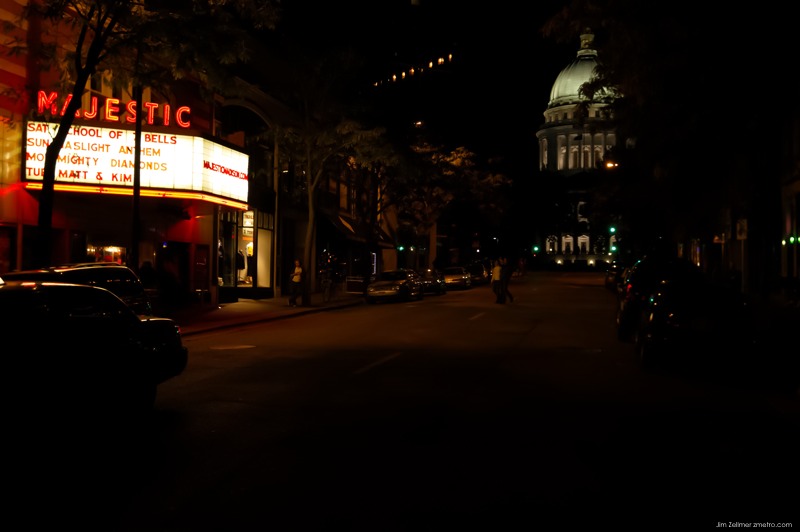The tweets started arriving in August, and they did not mince words. One of the first accused the South Korean government of being “a prostitute of the United States.” The Twitter account, under the name “uriminzok,” or “our nation,” seemed to be part of a sprawling North Korean digital operation that included a Facebook account (registered as a man interested in “meeting other men,” but solely for “networking purposes”) and a series of YouTube videos meant to celebrate the might of the North Korean military.
A spokesman for the North Korean government quickly denied any involvement with the Facebook and Twitter accounts, but he acknowledged that they were the work of government supporters living in China and Japan. The owner of the Facebook page (which the Palo Alto, Calif., company eventually deleted, citing violation of its terms of service) told a South Korean news agency that it was run by a Pyongyang-based publishing outlet affiliated with the government. Apparently, even the notoriously isolated rulers of North Korea know how to practice what the U.S. State Department calls “21st-century statecraft.”
Category: Culture
Trains in America, and Elsewhere
Fundamentally, without major government commitments to high-speed rail, America simply will not have a high-speed passenger rail network. This should probably be discomfiting, since every other economic superpower (the EU, Japan and China) does have a high-speed rail network. That makes America look a bit backward. The time horizon for building such a network is several decades, and it’s interesting to think about what will happen in the middle decades of this century if air transport becomes unaffordable due to high fuel costs and America doesn’t have an electric alternative for high-speed intercity transit.
Politically, I would describe what’s going on here as a loss of confidence in the principle of government investment and planning, in the face of the demonstrated incapacity of the contemporary American government to do an adequate job of investment and planning. That incapacity is largely due to conservative political opposition to government intervention in the economy, either for ideological reasons or because it entails higher taxes or because it treads on the toes of vested business interests. But the fact that the American government can’t get its act together to create a decent modern passenger rail network doesn’t mean that governments in general are incapable of doing so, or that it isn’t a good idea. Europe, Japan, and China seem perfectly capable of doing this job. A more narrow response to the rail problem, specifically, would be to encourage a BOT deal in which the government uses eminent domain to create the rail corridor and turns to the private sector to raise the capital, build it and perhaps run it. But, again, this doesn’t question the need for the government to plan national infrastructure, which seems to me to be pretty hard to gainsay.
The Rural South
For one weekend every year since 2003, tiny Concord, Georgia, population 336, becomes a photography mecca. “Slow Exposures” lures photographers, curators, and editors to look at pictures from the South, to discuss and debate them, and to exchange experiences, all thanks to the wonderful Chris Curry and Nancy McCrary, with the help of a staff of cheerful volunteers. Southern conviviality and hospitality create an ambiance that is most of all creative and communicative.
Chris and Nancy created the festival as a photographic center representing the rural South. It is a non-profit organization, with proceeds going toward the preservation and restoration of historic buildings and land in Pike County, and attracts devotees and newcomers for a full slate of photographic events: a juried photography show, an all-day portfolio review, and exhibitions, all in beautifully restored local buildings. This year, John Bennette, a curator, collector, and champion of artists, conceived the wonderful exhibition “Southern Memories: Part I” for the festival, on view in the restored Whiskey Bonding Bar, in Molena. The show is John’s subjective vision of the South, shaped by his memories—he grew up in Birmingham, Alabama, and now lives in New York. Asking himself what is important in the South, he came up with four categories: the land, God, school, and Southern history; he believes that history—i.e., the Civil War—still drives Southern culture today. His show avoids the extremes of rich and poor and stays away from clichés. Many of the artists he included were discovered in earlier “Slow Exposure” shows, and were surprises to me.
What was the last great football team that played the sport for love and camaraderie, not money or fame?…
It’s late afternoon on a football Sunday in the Northeast, circa 1976. Outside, the sun is setting. Soon your mother will call you up for dinner. But, before then, you want more football. You flip over to NBC and there, in West Coast sunshine, is a team wearing silver and black, playing with a kind of controlled recklessness. Their logo features a pair of crossed swords and a man with an eyepatch; their coach is a shambling, wild-haired guy; their quarterback is nicknamed Snake; and their owner looks like he carries a stiletto in his jacket. You watch them play and before you know it, you’ve fallen in love with this team. Before you know it, you’ve abandoned your Redskins or Eagles or Jets. You’re now an Oakland Raiders fan.
If any of the above resonates for you, then you will want to read Peter Richmond’s new book, “Badasses: The Legend of Snake, Foo, Dr. Death, and John Madden’s Oakland Raiders,” which has just been published by Harper. Richmond, who is the author of numerous books on sports (as well as a Shouts & Murmurs piece about Ken Griffey, Jr. published in The New Yorker), kindly agreed to answer a few questions by e-mail.
What Did We Do Pre-iPhone, Part III?

Brian S Hall certainly tells us about the post iPhone world.
Street Art

A Beautiful Airport Sunset

Waiting….

Saturday Night: Madison

Saturday Morning; State Street – Madison
